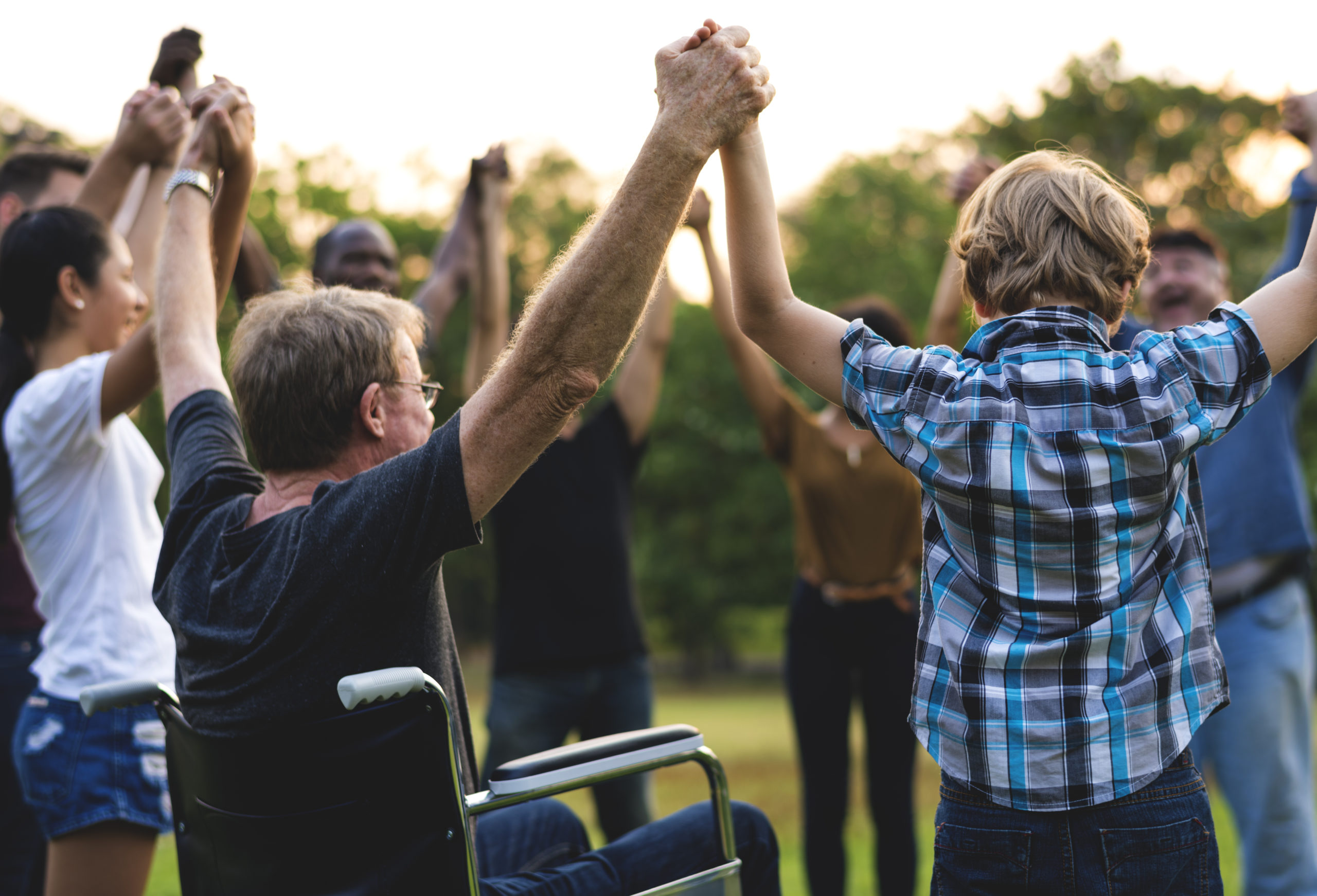Adults with disabilities learn to heal from within
Written by Maggie Suter
I want to reassure the adult students in my holistic healing class that they have the tools to get through the COVID-19 pandemic without being overwhelmed by feelings of fear, worry, and stress.
The students have already completed the entire series of the healing classes twice, but this global pandemic is something new to all of us and a topic we have never before discussed. The nature of a pandemic and the need for social distancing prohibits me from going to see them and assuring them that they have the knowledge and the power to stay calm and relaxed.
This group of adults with intellectual and other developmental disabilities (IDD) have been attending a one hour class one day per week at their day habilitation center in South Austin.
People with disabilities are at a significantly higher risk for abuse and trauma. The highest rates of sexual assault in America belong to men and women with intellectual disabilities, who are seven times more likely to be abused or assaulted than those without disabilities. Given the many barriers to reporting abuse, these numbers are likely much higher.
Holistic healing classes
Statistically, I know that more than 70% of my students have faced trauma of some kind: physical, sexual, emotional, medical, or any combination of these. I also know that adults with IDD can and do benefit from practicing holistic healing tools such as meditation and yoga. However, there are few if any community resources available for adults with IDD living with the effects of trauma. These series of classes were designed to fill that gap for central Texas community members with disabilities.
Every week before the pandemic, I packed up my mobile classroom cart with art supplies, my Bluetooth speaker, and essential oil diffuser. When I arrived at the day habilitation center, I was usually greeted with big smiles and offers of help to carry things. We dimmed the lights of our classroom, played relaxing music, and turned on the oil diffuser. One of the students picked the essential oil each week. Then we gathered around the table and practiced deep breathing exercises, safe connections, mindfulness, and chair yoga. I reminded everyone that our class is a safe space to share anything on our minds, and they did.
Sometimes students shared details about a field trip they took or what they had for dinner. Other times it could be feelings about the recent passing of a friend or anxiety about an upcoming medical procedure. They offered each other words of comfort and support. They are true friends; some have been coming to that day habilitation center five days a week for decades.
I feel honored to be entrusted with their thoughts and feelings during these classes. Our activities have varied from creative arts like making mala bracelets to lessons in gratitude and self-compassion. However, everyone’s favorite activity was by far the peaceful trips we took using visual imagery.
It turns out going on a mind vacation can be quite relaxing! Each week I included a short discussion on topics like boundaries and consent. When I asked students if they have used any of the skills from class during their daily lives, I inevitably heard a story that filled me with a sense of pride. The tools they have been learning in our holistic healing class have been meaningful and provide relief for strong emotions.
We created a mantra together and repeated it at the close of every class. It’s about being in control of our emotions and feeling empowered. Although I do feel disappointment at being unable to visit the students during this pandemic, I know that they really don’t need me to do that. They already have skills to help regulate their emotions and decrease stress. Healing is happening.
Written by Maggie Suter, SAFE Disability Services Educator/Trainer
This project was supported by Grant No. 2017-UD-AX-0008 awarded by the Office on Violence Against Women, U.S. Department of Justice. The opinions, findings, conclusions, and recommendations expressed in this publication/ program/exhibition are those of the author(s) and do not necessarily reflect the views of the Department of Justice, Office on Violence Against Women.